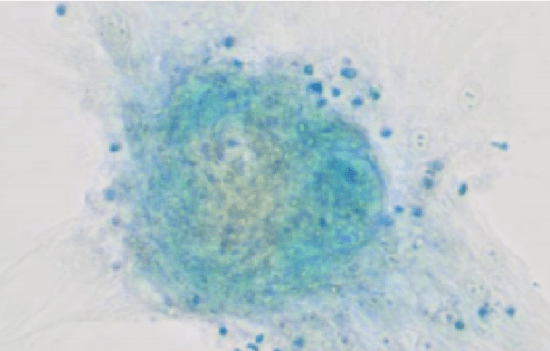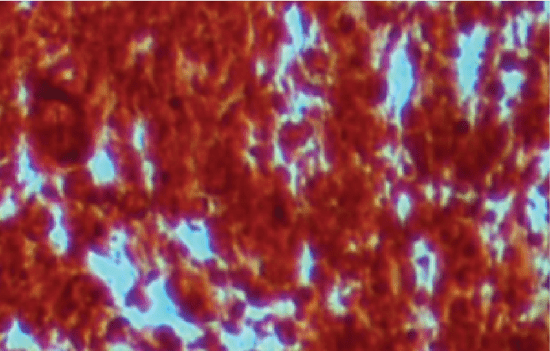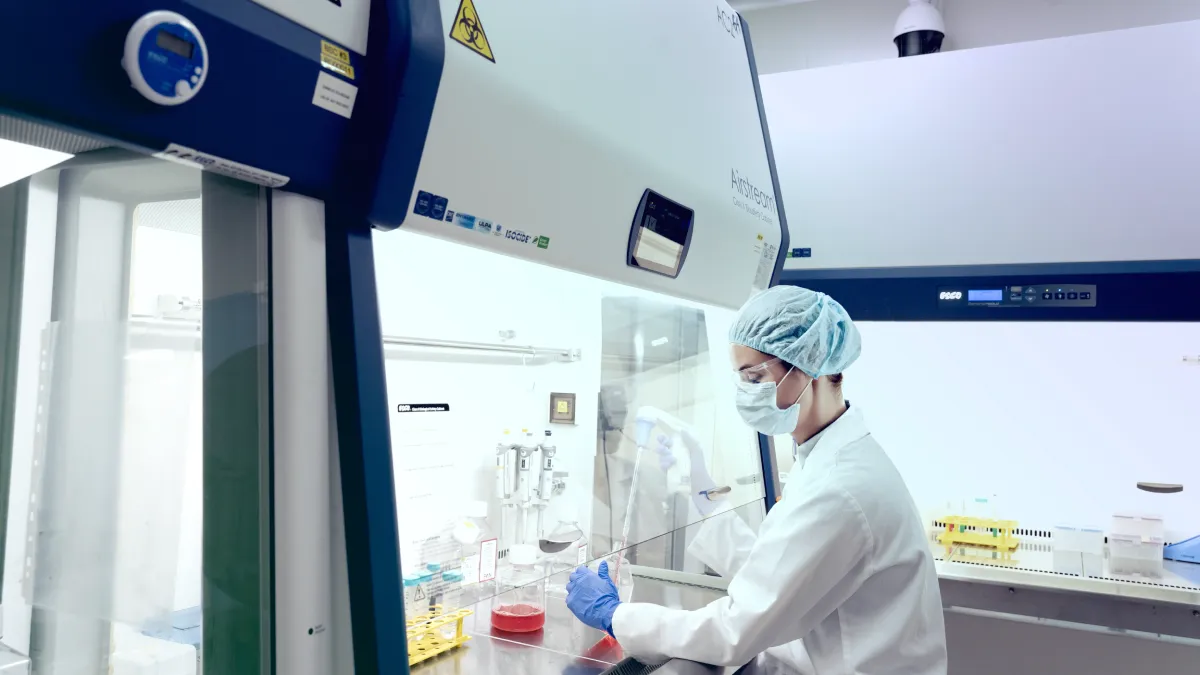Applications
Tissue Engineering

Animals have been used as models for tissue engineering in the repair of organs for humans. It is intuitive then to also apply tissue engineering techniques for animal regenerative medicine.
Autologous cancellous bone has been used with purified and concentrated equine MSCs in animals with substantial bone loss. Extracellular matrix derived from porcine urinary bladder has been demonstrated to support the esophageal reconstruction in dogs using autologous muscle tissue.

MSCs can be used with biomaterials in the restoration of tissue structure and function. In a study at the University of Oklahoma, bone marrow MSCs were seeded in a biological scaffold (small intestinal submucosa) augmented in the bladder of dogs. BMSC-seeded scaffold promoted bladder regeneration in all the dogs used in the study. In another study at Shanghai Stem Cell Institute, adipose-derived stem cells (ASCs) were seeded in coral scaffolds. The ASC-seeded scaffolds were transplanted in cranial bones, data showing bone formation along the cranial bone defect indicating successful repair after 24 weeks.
References:
- Acland, G. M., Aguirre, G. D., Ray, J., Zhang, Q., Aleman, T. S., Cideciyan, A. V., Bennett, J. (2001). Gene therapy restores vision in a canine model of childhood blindness. Nature Genetics, 28(1), 92. https://doi.org/10.1038/88327
- Badylak SF, Vorp DA, Spievack AR, et al. Esophageal reconstruction with ECM and muscle tissue in a dog model. J Surg Res. 2005;128:87–97
- Beall, C. J., Phipps, A. J., Mathes, L. E., Stromberg, P., Johnson, P.R. (2000). Transfer of the feline erythropoietin gene to cats using a recombinant adeno-associated virus. Gene therapy, 7(6), 534-9. https://doi.org/10.1038/sj.gt.3301126
- Cui L, Liu B, Liu G, Zhang W, Cen L, Sun J, Yin S, Liu W, Cao Y. Repair of cranial bone defects with adipose derived stem cells and coral scaffold in a canine model. Biomaterials. 2007;28:5477–86
- Hans Klingemann. (2018). Immunotherapy for Dogs: Running Behind Humans. Frontiers in Immunology. https://doi.org/10.3389/fimmu.2018.00133
- Koch, T. G., Berg, L. C., & Betts, D. H. (2009). Current and future regenerative medicine - principles, concepts, and therapeutic use of stem cell therapy and tissue engineering in equine medicine. The Canadian veterinary journal = La revue veterinaire canadienne, 50(2), 155–165.
- Vapniarsky, N., Lame, M., McDonnel, S., & Murphy, B. (2012). A lentiviral gene therapy strategy for the in vitro production of feline erythropoietin. PloS one, 7(9), e45099. doi:10.1371/journal.pone.0045099
- Volk, S. W., & Theoret, C. (2013). Translating stem cell therapies: the role of companion animals in regenerative medicine. Wound repair and regeneration: official publication of the Wound Healing Society [and] the European Tissue Repair Society, 21(3), 382–394. doi:10.1111/wrr.12044
- Won-Serk Kim, Byung-Soon Park, & Jong-Hyuk Sung. (2009). Protective role of adipose-derived stem cells and their soluble factors in photoaging. Archives of Dermatological Research, 301(5), 329–336. https://doi.org/10.1007/s00403-009-0951-9
- Zhang Y, Lin H-K, Frimberger D, Epstein RB, Kropp BP. Growth of bone marrow stromal cells on small intestinal submucosa: An alternative cell source for tissue engineered bladder. BJU Int. 2005;96(7):1120–5





